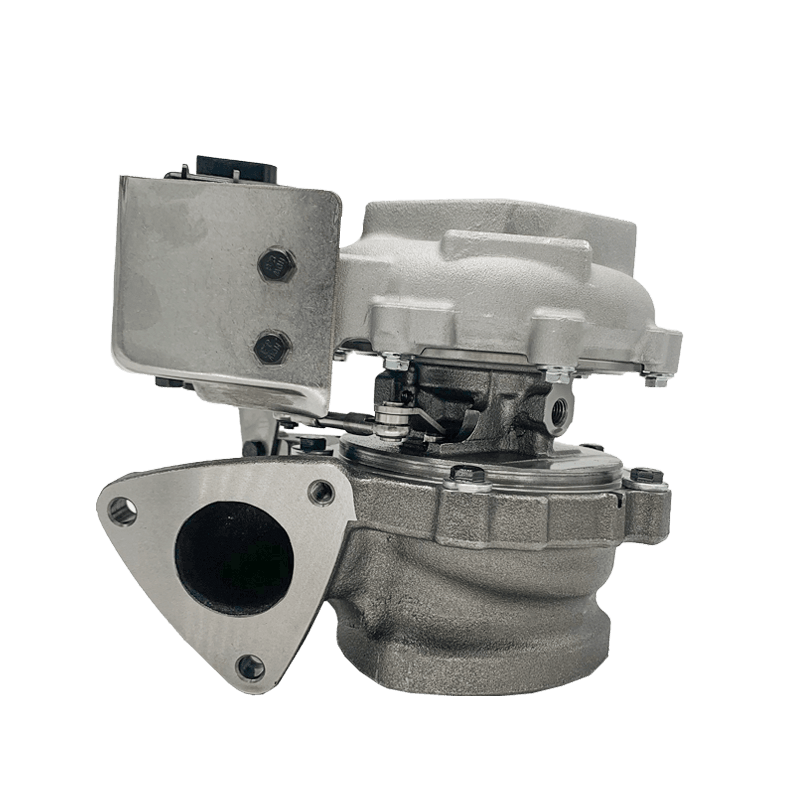GTB1749V Turbocharger 787556-16 for TRANSIT MK8 2.2 TDCI RWD 155BHP

To differentiate, a turbocharger is called a "turbocharger" and a supercharger is called a "supercharger". For a long time, the two were simplified as a turbocharger and a supercharger. The proprietary technology mechanical supercharger is composed of a supercharger body and an input shaft transmission mechanism (such as gear transmission, liquid transmission, etc., "Lu-style supercharger "No such device), transmission mechanism (such as pulley + belt or sprocket + chain), etc. If necessary, a central cooler will be installed to cool the compressed air. When working, the crankshaft of the engine drives the supercharger body to blow air through the chain or belt.After the compressed air is cooled, it enters the combustion chamber of the engine, mixes with fuel, and compresses and ignites to perform work. Because the power for the compressor comes from the engine's crankshaft, there is some loss of power from the engine, but as a result, engines equipped with a supercharger don't suffer from the turbo lag that is common with turbocharged engines.
Also, because the speed of the supercharger rotor is synchronized with the speed of the crankshaft, no relief valve is required. The input transmission mechanism, taking the gear transmission as an example, is composed of a pulley/sprocket, a drive gear, a compressor gear and a housing, and is generally integrated with the supercharger body. The transmission belt/chain for transmission is wound on the pulley/sprocket , the pulley/sprocket connects to the drive gear. Simultaneously the drive gear turns the compressor gear. The compressor's rotor can come in various designs, but its job is to suck in air, press it into a smaller space, and inject it into the intake manifold.
If the boost value of the supercharger is high, it is still not enough to take away the heat of the compressed air only by the intake pipe, and it is necessary to install a central cooler in the intake pipe to cool the compressed air. Generally speaking, superchargers can increase horsepower and torque by 46% and 31% on average, but some manufacturers with strong technical force can increase horsepower and torque by 50%-100%. There are three types of superchargers: Roots, Twin-screw and centrifugal. Their main difference is the different compressor designs. Lu-type and twin-screw superchargers use different types of meshing flange suction, and centrifugal superchargers use impeller suction, which is somewhat similar to a turbocharger. While all three designs produce supercharging, their efficiencies vary widely.

 English
English 中文简体
中文简体







